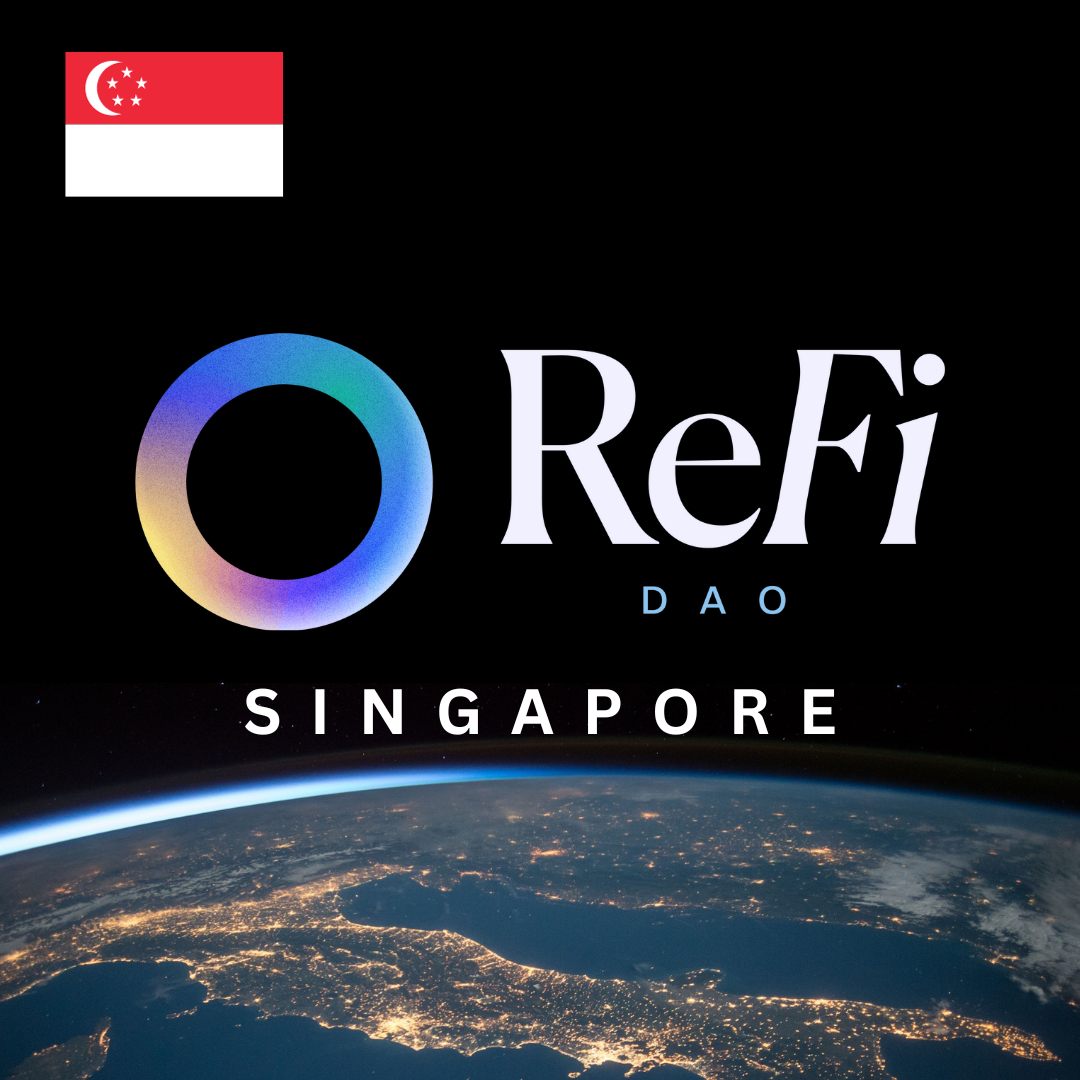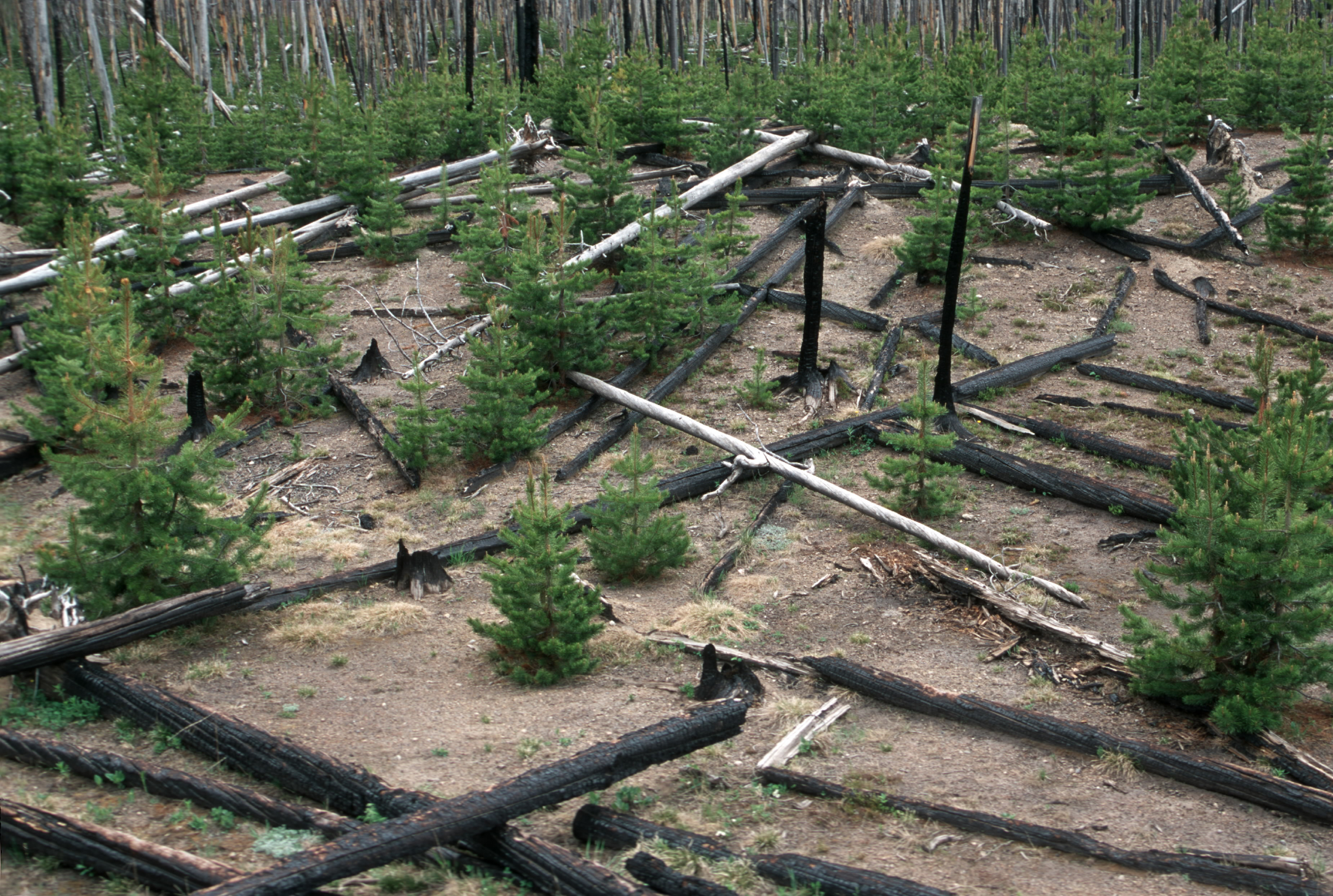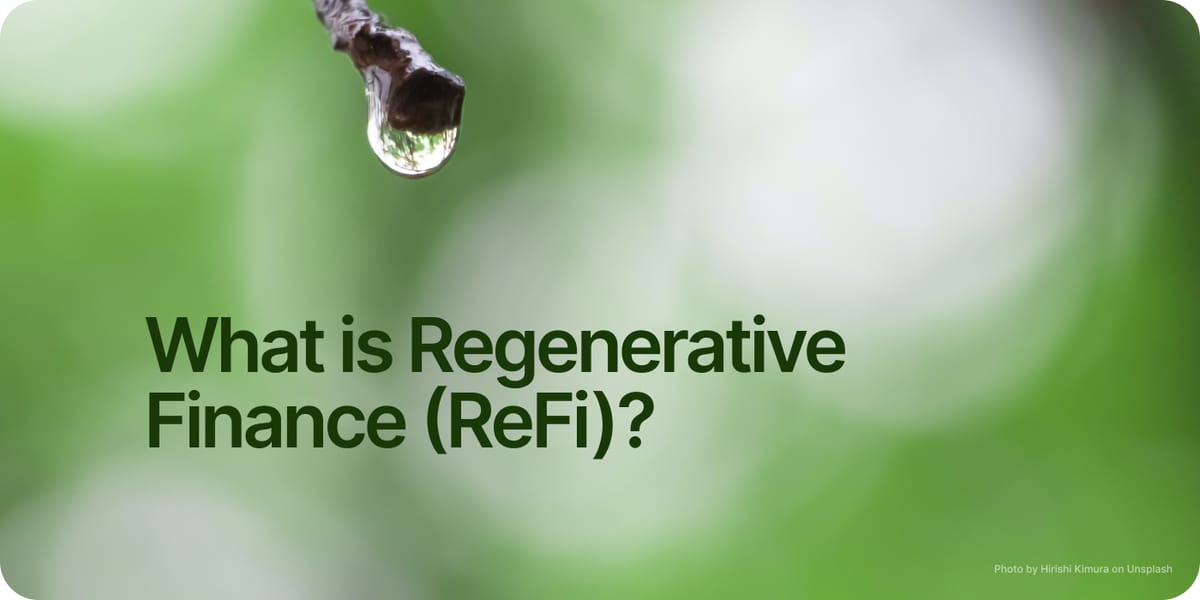Will Singapore be the spark for ReFi to take off in Asia?
With Singapore geared to be both the crypto and carbon trading hub of Asia, the confluence of both markets could create the spark for ReFi to take off.

About the author
Fang Shihan is the founder of Regen Supply, Asia’s first and only podcast dedicated to ReFi. She’s also the founder of the newly formed ReFi Singapore.
Believe it or not, I stumbled upon ReFi purely by chance. I’d been freelancing as a cryptocurrency journalist, covering everything from DeFi, to stablecoins and metaverses, when I got wind of a company called Toucan Protocol.
That was sometime in October 2022, six months after the world’s largest registry for carbon credits, Verra, banned Toucan from tokenizing its carbon credits, effectively annihilating its business. Another ReFi group called KlimaDAO was involved. I won’t go into detail but you can read the details of the entire ordeal in TIME magazine.

No one in Singapore was paying attention to Toucan or KlimaDAO at that time because like the rest of the world, bigger shitstorms were at hand. While the nascent tokenized carbon space was going through its moment of reckoning, the rest of the crypto world watched in horror as the TerraUSD stablecoin made its way from a dollar to zero.
And as I worked on the tokenized carbon story later in the year, FTX, then the world’s second largest cryptocurrency exchange, also collapsed, bringing the rest of the cryptocurrency market along with it. Singapore’s sovereign wealth fund, Temasek, was an investor with FTX, escalating the FTX debacle to one of national importance.
I got the story about tokenized carbon out by December with three takeaways:
- Tokenizing a worthless carbon credit will not make it worth anything more–market perception by the “wen-moon” community is something else
- Singapore wants to position itself as a hub for carbon trading, green finance, and ESG policy
- Singapore wants to be a crypto hub but only for institutional players
A few months later, seeing that there was something in this ReFi thing after all, I took the plunge and launched Regen Supply, Asia's first and only podcast dedicated to ReFi.

Being based in Singapore provided an opportunity to bridge crypto and sustainability. But the key challenge would be fostering knowledge exchange between the two sides. That's why last week, I took the second plunge and launched ReFi Singapore with the intention of bridging that gap, and to nurture higher quality ReFi projects in Asia.
One does not solve climate change simply by putting carbon on-chain.
Defining ReFi is a work in progress
The definition of regenerative finance, or ReFi, can vary widely, depending on who you ask. Literature from the Web3 space, particularly those produced by the likes of Toucan, KlimaDAO, or Moss.Earth will define it as leveraging technology to solve climate change. Most of it refers to tokenizing existing carbon credits or issuing crypto-native carbon credits.

Others, such as Handprint, an impact marketplace based in Singapore, refer to ReFi as leveraging finance to create positive impact and going beyond doing “less harm”. Taking a leaf out of the Ant Forest/Alipay playbook, Handprint works on connecting banks and impact projects at a digital infrastructure level. Blockchain may, or may not, be involved.
The definition that I’ve settled on is understanding ReFi as a concept with three components:
- Finance
- Getting to a regenerative economy
- Technology as the bridge between 1 and 2
My definition of a regenerative economy is this:
A self-sustaining and self-renewing system that gives economic value to natural assets and the goods and services that nature provides.
To bridge the gap between aspiration (the regenerative economy) and reality (our current extractive economy), I lean on the work of Jeremy Rifkin, an American economist and futurist who’s also advising the EU and China on their industrial and climate change policies.
In 2011, he wrote a seminal book called The Third Industrial Revolution, which provides details on the technological progress that is needed to move towards what he calls the New Economy.

The First Industrial Revolution was driven by coal and steam, and the Second Industrial Revolution by oil and telephony. The Third Industrial Revolution, according to Rifkin, will be driven by clean energy and decentralised digital infrastructure.
(Note: Those familiar with Rifkin’s work will note that he doesn’t say much about nature in his 2011 book. However, he dedicates his 2022 book called The Age of Resilience to the natural world, emphasising that humanity must adapt back to the rewilding earth, or be consumed by the climate disasters that will follow as the planet rebalances itself.)
Trends in Asia
There are signs that the Third Industrial Revolution is underway in Asia, and many of these trends are happening in the Chinese-speaking world.
In Taiwan, electric scooter giant Gogoro is working with energy solutions company Enel X, to stabilise the national grid using its 2,500 battery swap stations around the country. As the supply of renewable energy is intermittent–solar panels can’t produce electricity on an overcast day and wind turbines don’t run unless there’s wind–Gogoro’s battery swap stations pump electricity back into the grid during times of shortage, and serve as storage stations when there’s excess supply.
Startups experimenting on DePIN, or decentralised physical infrastructure, are also on the rise. While DePIN was first popularised by low-range wifi extension project Helium, founders are working on DePIN applications on other devices (consumer and industrial), and are even working on integrating AIoT. AIoT is defined as Artificial Intelligence of Things. Think of it as traditional IoT with an AI layer to smarten up the data.
Wanxiang Blockchain Labs and Hashkey Capital, both early investors in Ethereum and subsidiaries of Chinese car conglomerate Wanxiang Group, have set up an incubation platform called Future3 Campus dedicated to furthering DePIN innovation.
Like ReFi, definitions of DePIN differ depending on who you ask. Friends at Arkreen, a Web3 platform to issue and retire crypto-native renewable energy credits, say that it’s the bridge between the physical world and Web3. I’d leave it as the bridge between the physical world and the decentralised digital space. Tokens should be optional.
Interest in real world asset (RWA) tokenization is also picking up, particularly for sustainability use cases such as tracking and tracing sustainable commodities or decarbonizing supply chains.
And with the voluntary carbon market now on high alert to ensure integrity, interest in digital measurement reporting and verification (dMRV) solutions is growing.
Singapore-based company Arkadiah is doing just that. It is working to restore Asian tropical forests at scale, using end-to-end digitisation. Leveraging open source data from space agencies, Arkadiah provides carbon prospectors with pre-feasibility reports on potential project areas, and leverages dMRV for continued monitoring on the project when the project is live.
Regen is an anagram for Green
With 2023 as the hottest year on record and 2024 set to be even hotter, we’re working against the clock to decarbonise industries, restore the planet’s forests, and above all, pivot towards an economy premised on regeneration, rather than extraction
We need more regens. People who understand the problem at hand and what it takes to tackle the causes of climate change. We also need regen funds and accelerators like AYA Foundation to scale ReFi solutions.
If you’re a climate tech entrepreneur, a climate activist with an entrepreneurial bent, or like myself, a storyteller that wants to change the narrative of the world, here’s my proposition to you.
Join your local ReFi DAO chapter. If you’re in Singapore, join me in ReFi Singapore. If you’re located elsewhere in Asia, there’s ReFi Hong Kong and ReFi Phangan. And if you don’t have a chapter where you’re located, set up one.

It doesn’t always have to involve a token.



